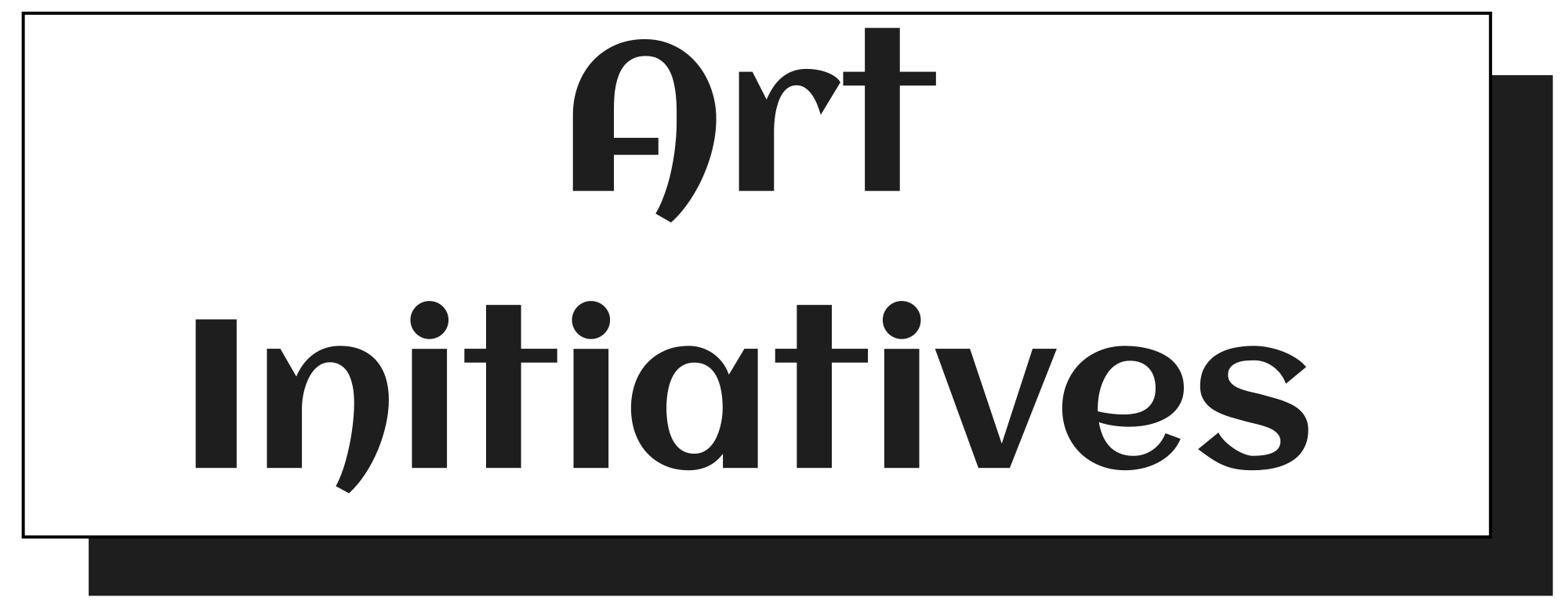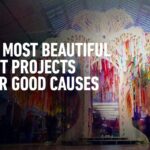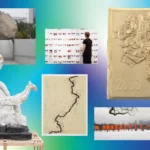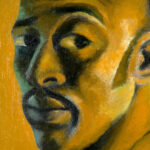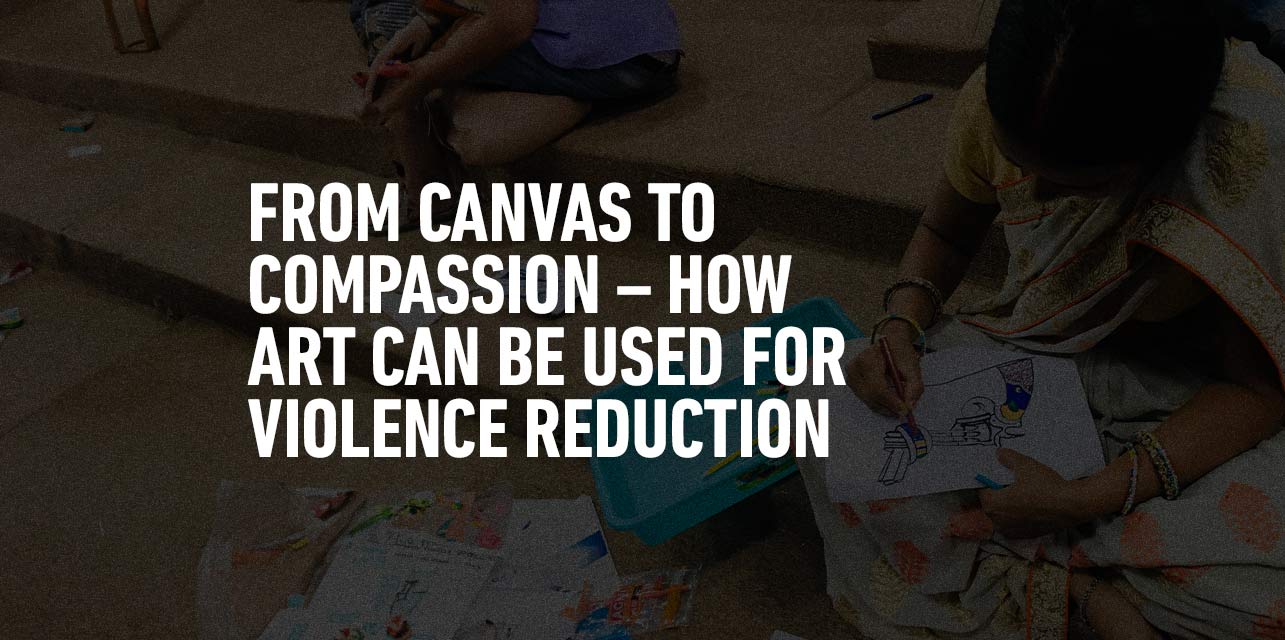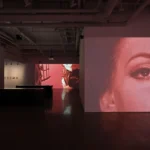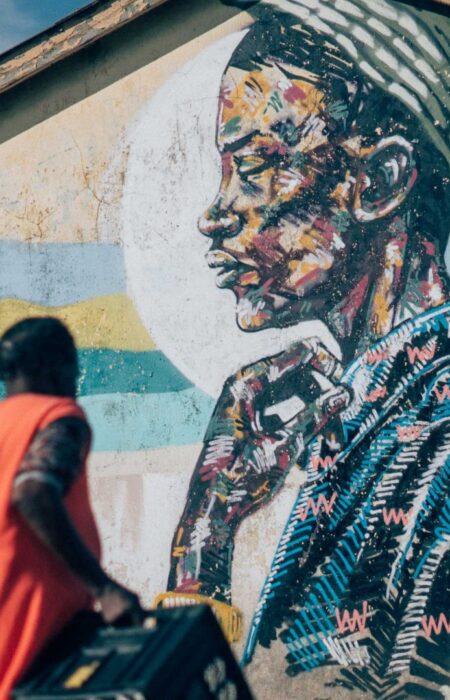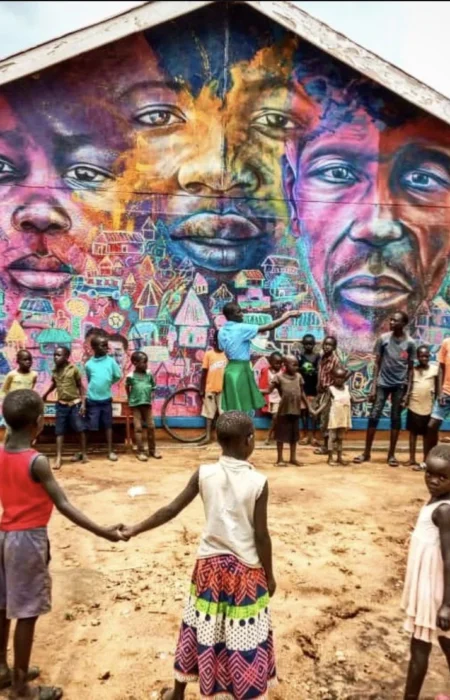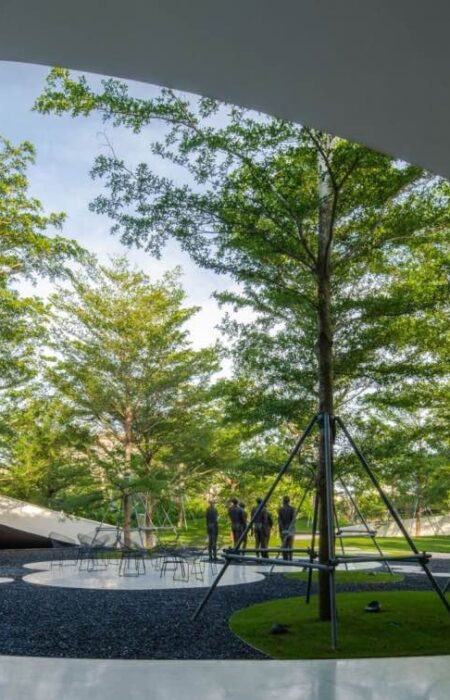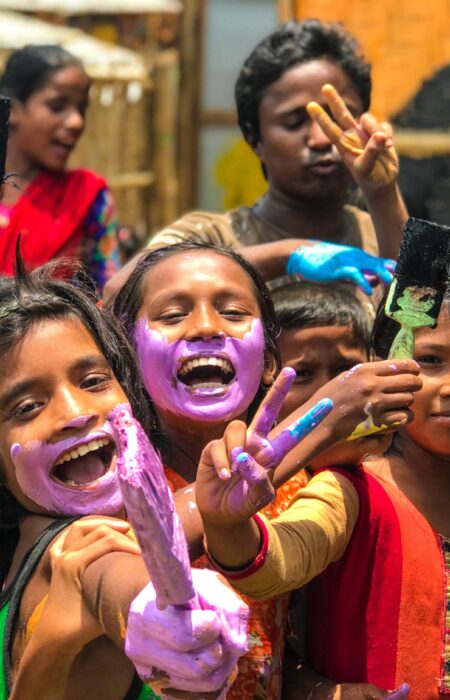In a world where violence frequently dominates the headlines, its effects ripple through individuals and extend into political, economic, and social systems, impacting everything from infrastructure and healthcare to education.
Every year, over 1.6 million people lose their lives due to violence, and nearly 1 billion children are affected by it, experiencing lasting emotional, social, and economic consequences.
This grave situation calls for an immediate, collective response to heal and protect the well-being of our society.
One such response? The power of art. Yes, you read that correctly – art!
It’s not just about brightening up our spaces; art holds the potential to play a significant role in reducing violence in our society. Let’s take a deeper look at the world of artistic initiatives and the profound impact they can have.
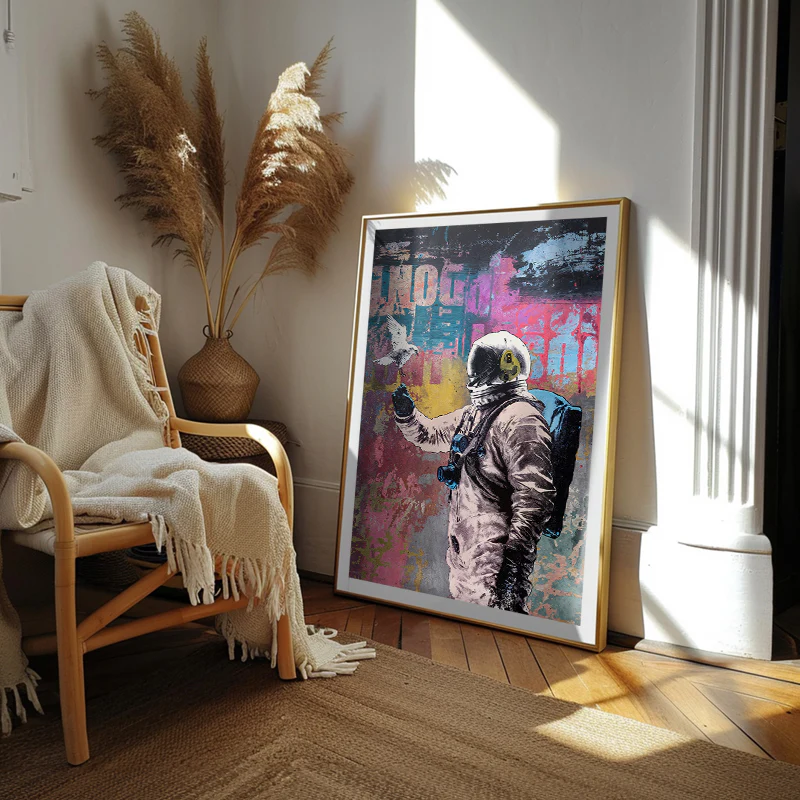
for The Non-Violence Project Foundation
Understanding the Connection Between Art and Compassion
Have you ever thought about the link between art and compassion? Probably not – most people don’t. It’s not the first thing that comes to mind on a Tuesday morning. But that’s exactly why “Art for Cause” exists.
The impact art has on our emotions goes far beyond just its visual appeal. There’s a psychological connection between art and compassion that reaches deep into the human psyche.
Art has the unique ability to tap into our deepest emotions, evoking empathy and understanding in ways that words often can’t. Whether it’s an eye-catching abstract superhero painting that stirs the soul or a surreal collage of cars floating in the sky that tugs at the heart, art has the power to move us and broaden our perspectives.
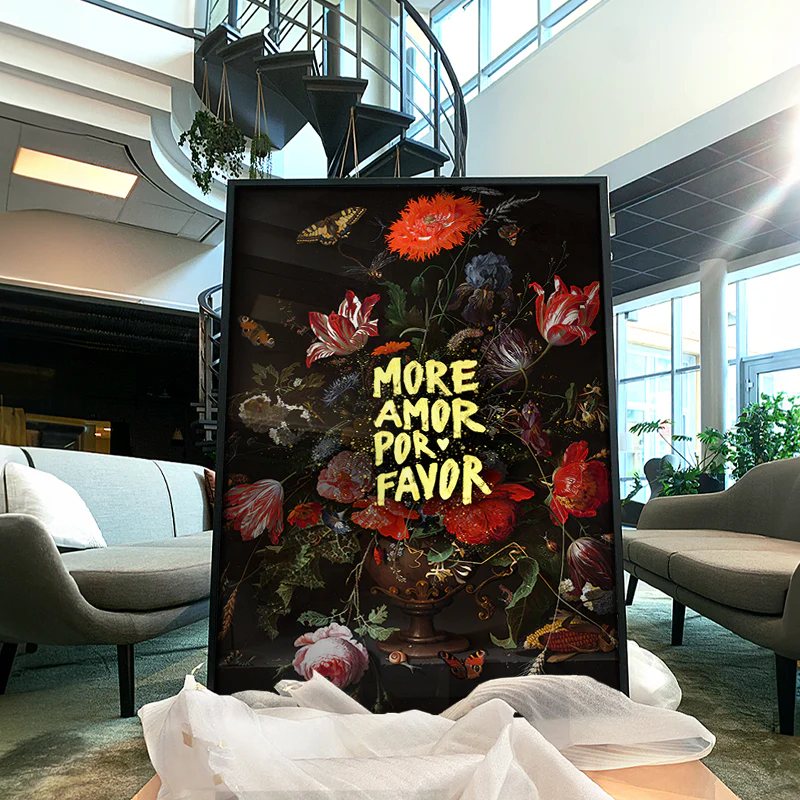
for The Non-Violence Project Foundation
The Psychological Impact of Art
Scientific studies have consistently shown the positive effects of art on mental well-being. Whether we’re creating or simply observing art, our brains release neurotransmitters that promote feelings of joy, calm, and connection.
This doesn’t just help in reducing stress and anxiety, but also fosters a sense of community and understanding. In a world filled with division and conflict, using art to nurture empathy and compassion is crucial for fostering harmony and unity among people.
Art serves as a powerful tool to bridge cultural, racial, and societal divides by cultivating empathy. Through engaging with and creating art, individuals can step outside their own experiences and immerse themselves in the lives and stories of others.
This process of building empathy is vital for breaking down barriers, reducing violence, and fostering compassion within our communities.
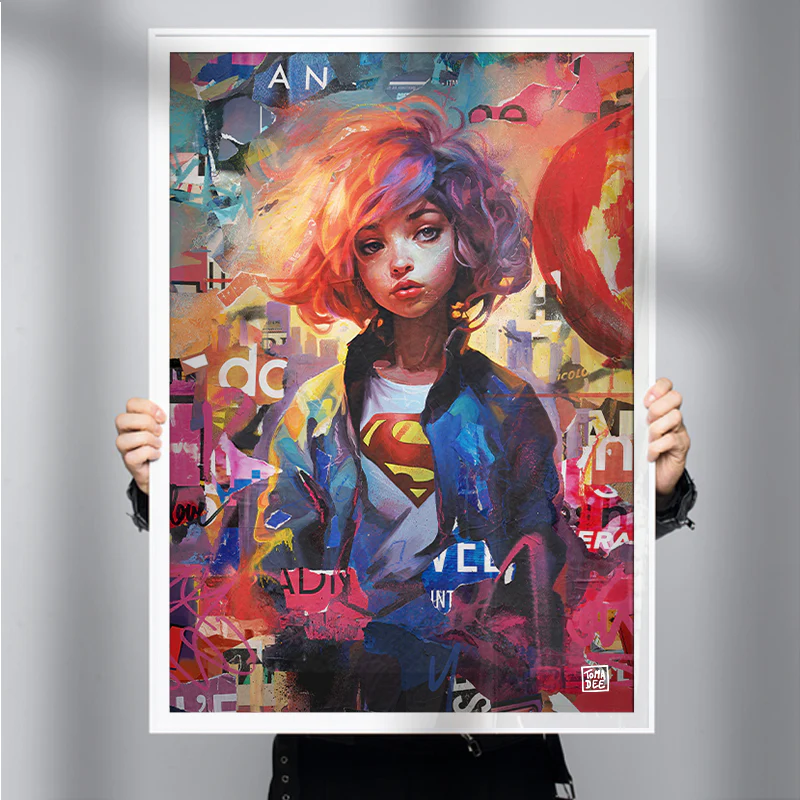
for The Non-Violence Project Foundation
The Role of Artistic Initiatives in Violence Reduction
Now that we’ve explored the connection between art and compassion, let’s take a closer look at how artistic initiatives can play a crucial role in reducing violence.
One of the most impactful ways to cultivate compassion and non-violence in our society is through art programs in schools and communities. By offering children and adults the opportunity to express themselves through art, we empower them to channel their emotions in a healthy and constructive way. Art programs not only boost creativity but also teach essential life skills like conflict resolution, communication, and problem-solving. A powerful example of this is the Non-Violence Project in Uganda.
In 2018, the Non-Violence Project Foundation launched a significant initiative aimed at reducing violence within schools, families, and communities.
Their first focus was the Busoga sub-region in eastern Uganda, an area plagued by high rates of violence and poverty. The project trained 33 master trainers to deliver their non-violence program in schools and local communities.
Rather than waiting for young people to come to them, they reached out where the youth already were—within schools, sports clubs, on the streets, and online—inviting them to participate in their programs.
The goal was to ensure that the non-violent life skills learned through the program were applied immediately and remained with the young people for the rest of their lives.
Through partnerships with 123 schools, the initiative directly impacted 630 teachers and 12,679 students, spreading their message of peace and non-violence.
“I’m proud that our efforts have resulted in a 56% decrease in violence cases across the partner schools.”
Eddy Balina, Country Director NVPF Uganda
In the long run, this project is expected to result in several key outcomes:
- A decrease in violence among students at both regional and national levels.
- Advancement of gender equality.
- Encouragement of positive behaviors.
- Improved conflict resolution, with a focus on sports and games that bring together children and parents, couples, and groups.
- Empowered students who become leaders and advocates for change within their communities.
Additionally, the project will indirectly raise awareness among 15 million people on a regional, national, and global scale (5 million people per year via radio programs, media campaigns, and public events).
Art-based initiatives like this one have proven to enhance self-esteem and mental well-being, lowering the chances of individuals turning to violence as a way to manage stress or trauma. By fostering creativity and emotional intelligence through art, communities can nurture a more peaceful and united atmosphere for everyone.
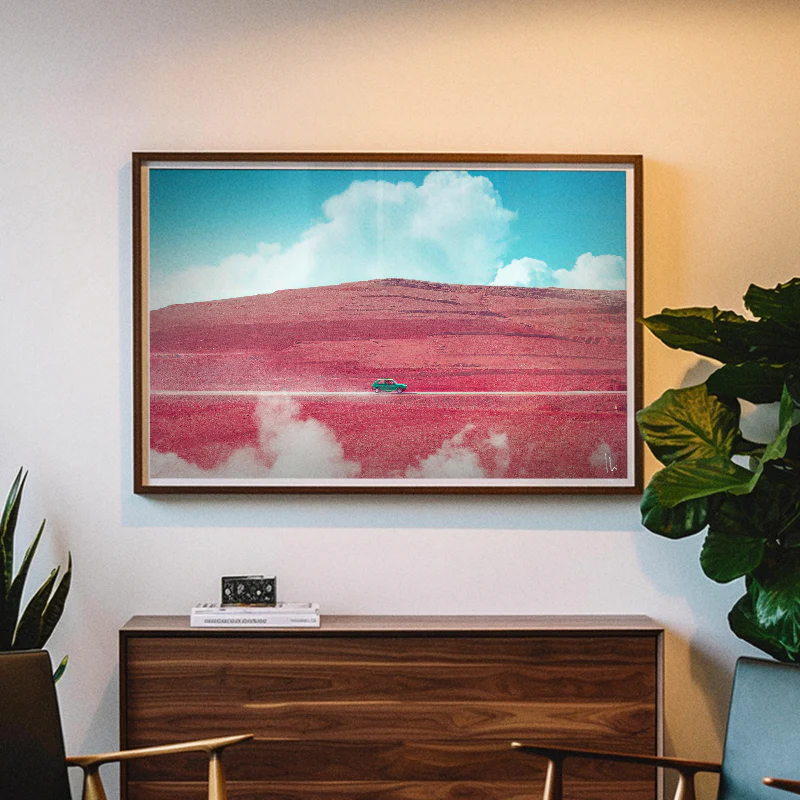
for The Non-Violence Project Foundation
The Potential of Art in Building Safer Communities
By recognizing art as a powerful tool for reducing violence, we have the chance to create safer, more inclusive communities. Through collective efforts and a shared belief in the power of art, we can shape a future where violence is no longer a part of our reality.
Artistic initiatives like the Non-Violence Project have the ability not only to curb violence but also to empower individuals to become advocates for positive change in their communities. Through engaging with art, people can develop critical thinking skills, boost their self-confidence, and foster a sense of belonging that goes beyond social barriers.
So, the next time you pick up a paintbrush or attend an art exhibit, remember the transformative power of art. From canvas to compassion, artistic efforts are leading the way in reducing violence.
Let’s come together and use the power of art to build a more peaceful, compassionate world.
